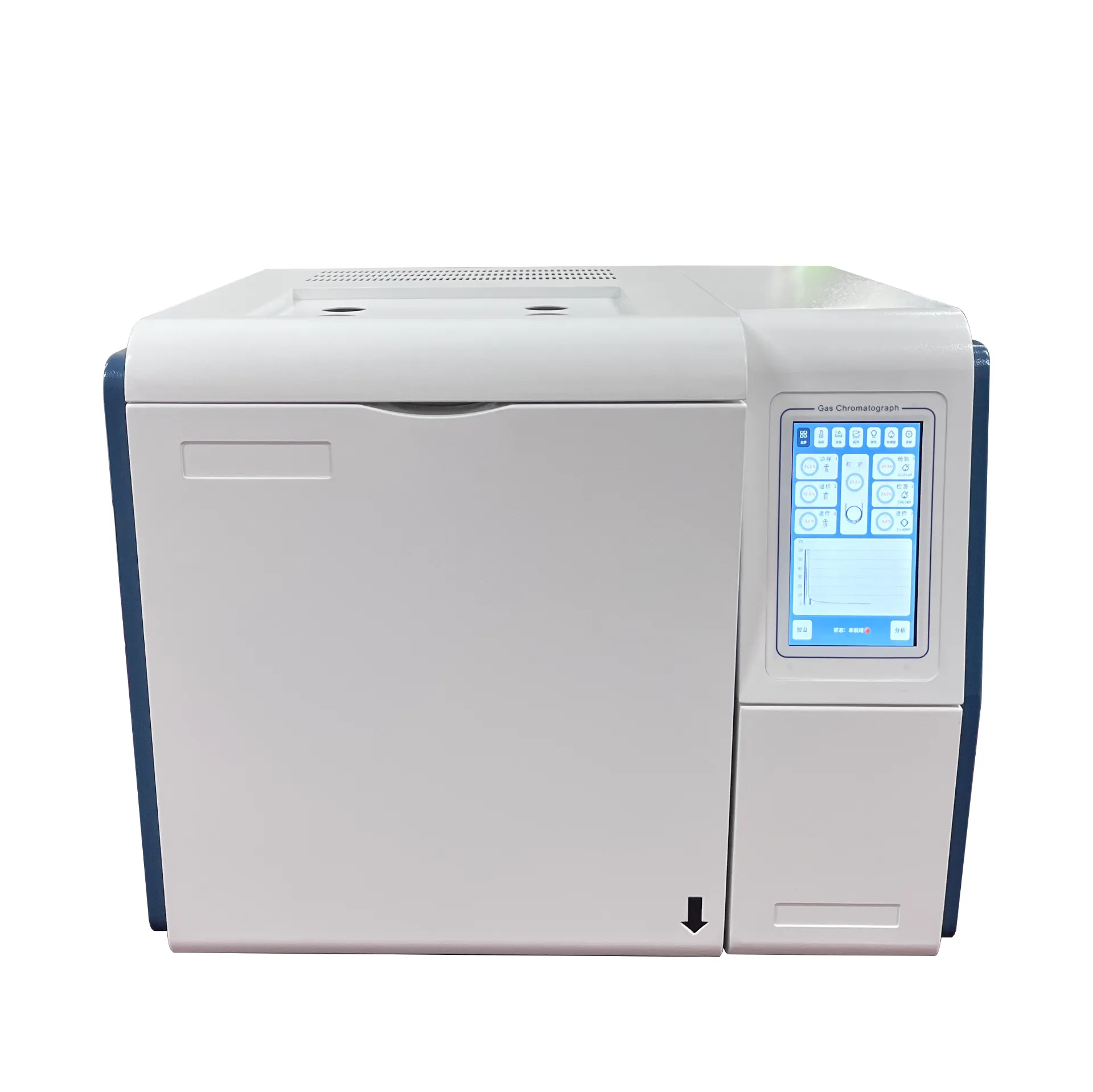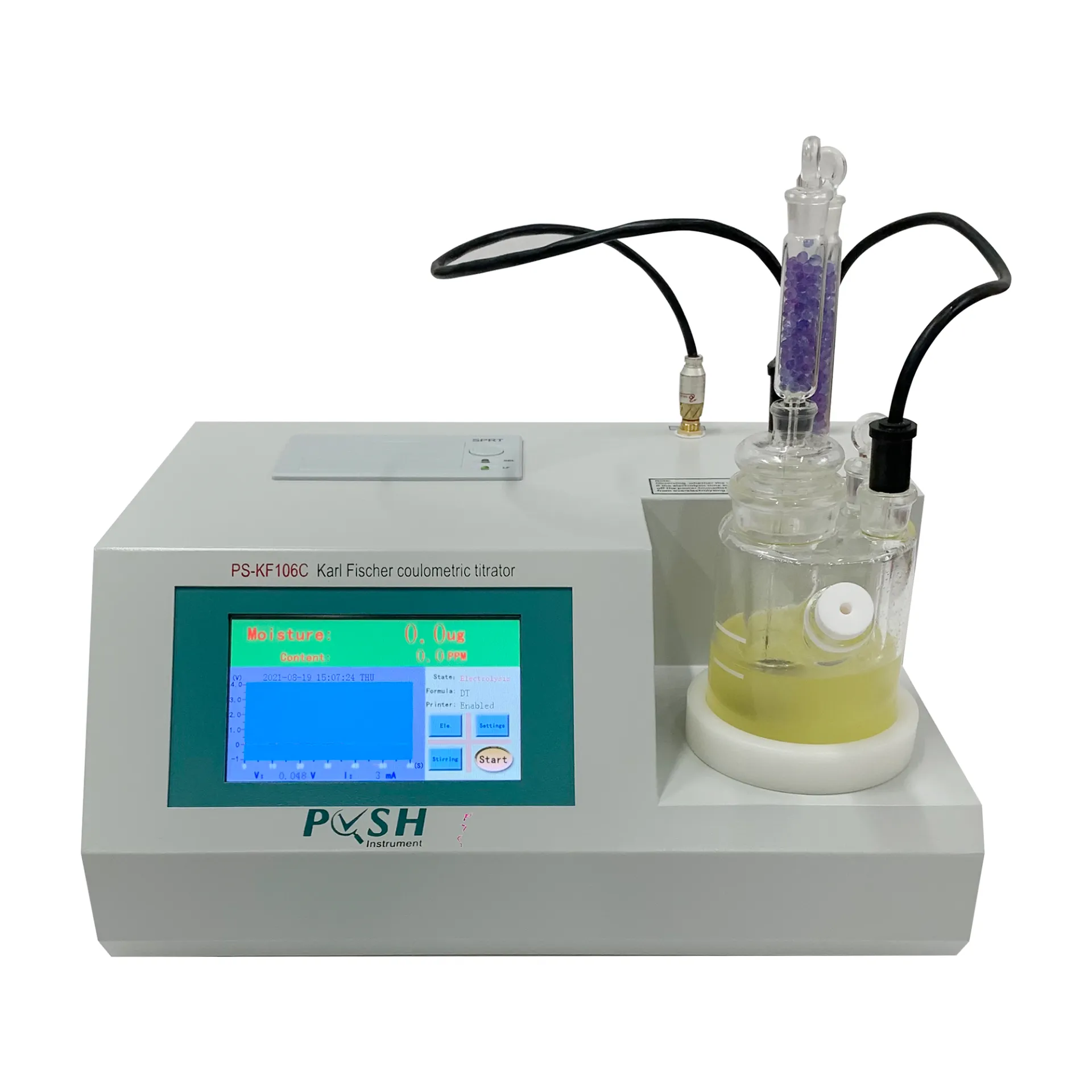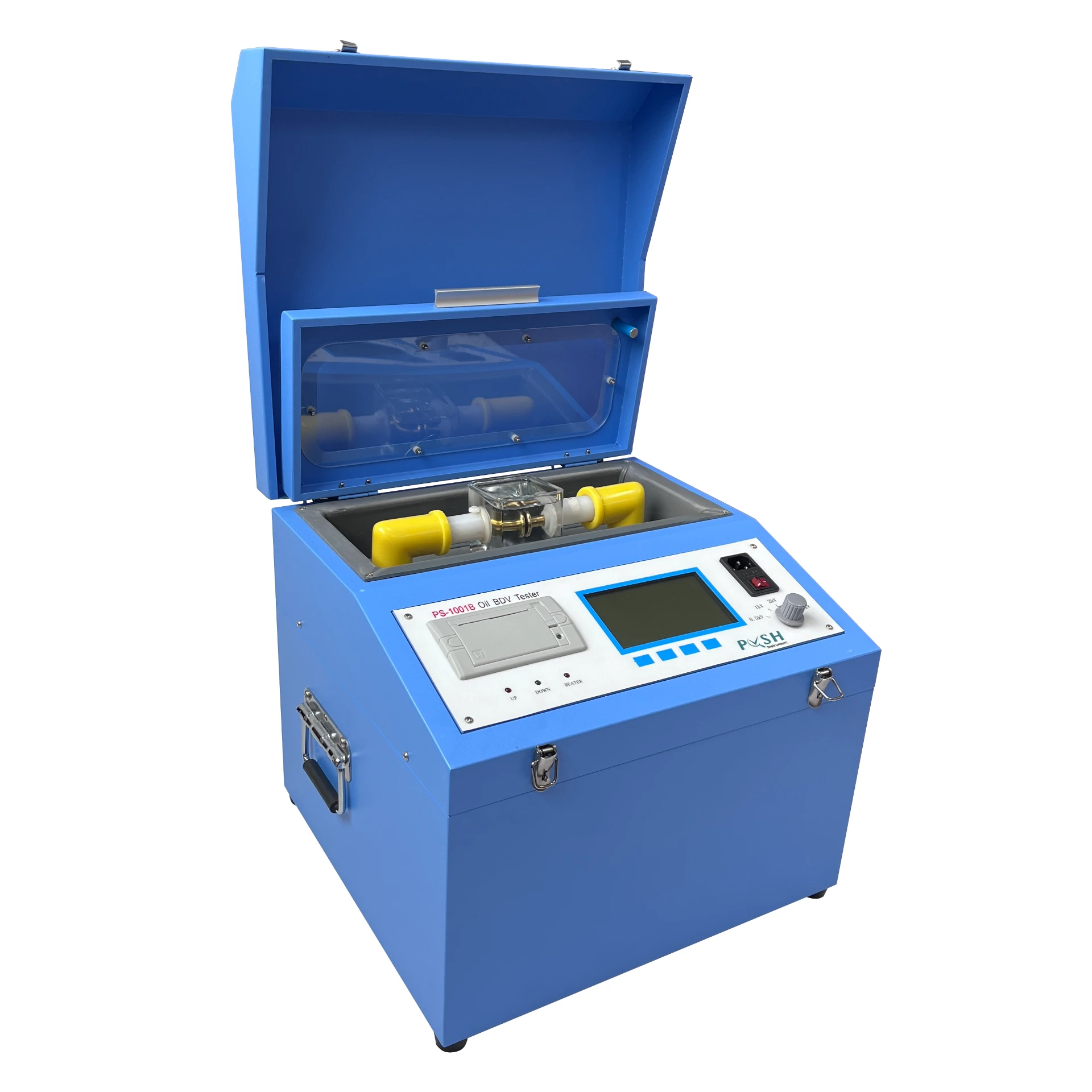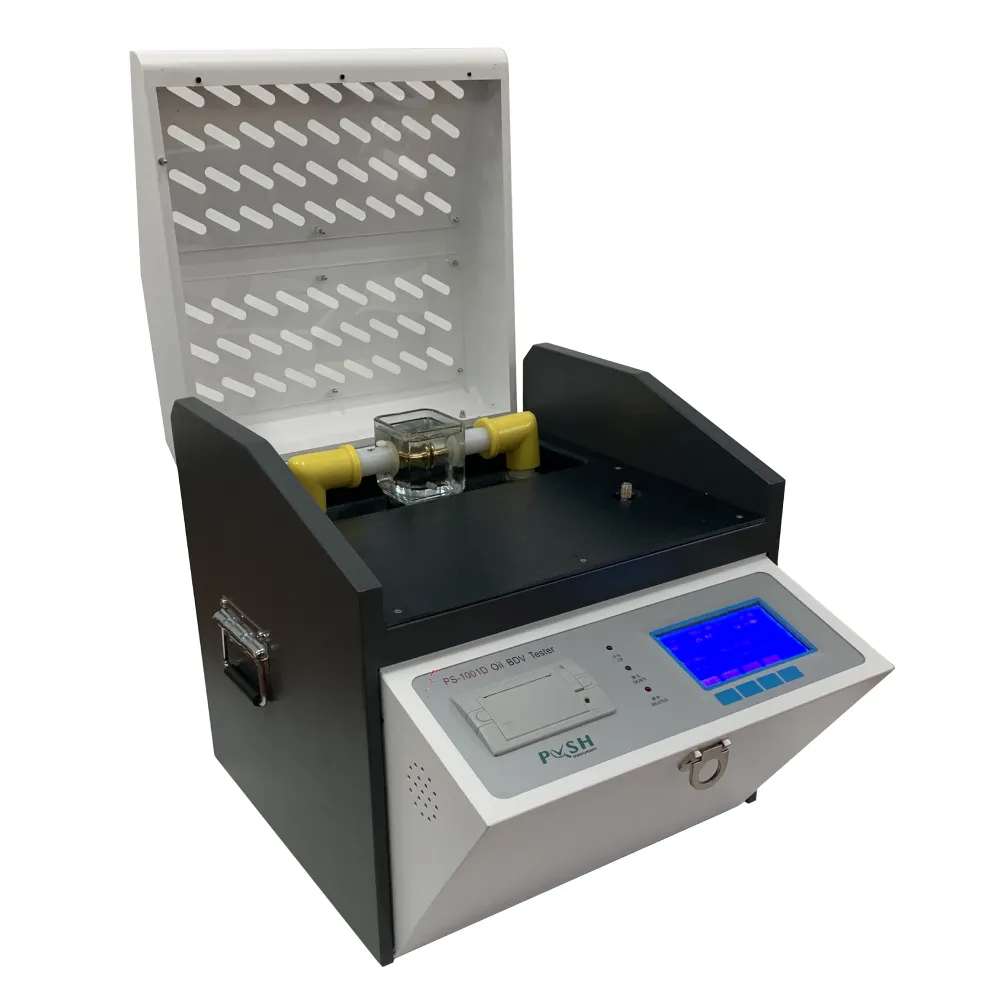TEL:
+86-0312-3189593
 Bekee
Bekee

Ekwentị:0312-3189593

Email:sales@oil-tester.com

-
 Afrika
Afrika -
 Albania
Albania -
 Amharic
Amharic -
 Arabic
Arabic -
 Armenian
Armenian -
 Azerbaijani
Azerbaijani -
 Basque
Basque -
 Belarusian
Belarusian -
 Bengali
Bengali -
 Asụsụ Bosnia
Asụsụ Bosnia -
 Bulgarian
Bulgarian -
 Catalan
Catalan -
 Cebuano
Cebuano -
 China
China -
 China (Taiwan)
China (Taiwan) -
 Corsican
Corsican -
 Asụsụ Croatia
Asụsụ Croatia -
 Czech
Czech -
 Danish
Danish -
 Dutch
Dutch -
 Bekee
Bekee -
 Esperanto
Esperanto -
 Estonia
Estonia -
 Asụsụ Finnish
Asụsụ Finnish -
 French
French -
 Onye Frisian
Onye Frisian -
 Onye Galisi
Onye Galisi -
 Asụsụ Georgian
Asụsụ Georgian -
 German
German -
 Grik
Grik -
 Gujarati
Gujarati -
 Haitian Creole
Haitian Creole -
 hausa
hausa -
 Hawaian
Hawaian -
 Hibru
Hibru -
 Mba
Mba -
 Miao
Miao -
 Asụsụ Hungarian
Asụsụ Hungarian -
 Aislandi
Aislandi -
 igbo
igbo -
 Asụsụ Indonesian
Asụsụ Indonesian -
 Irish
Irish -
 Ịtali
Ịtali -
 Japanese
Japanese -
 Asụsụ Javanị
Asụsụ Javanị -
 Kannada
Kannada -
 kazakh
kazakh -
 Khmer
Khmer -
 Onye Rwandan
Onye Rwandan -
 Korean
Korean -
 Kurdish
Kurdish -
 Kyrgyz
Kyrgyz -
 TB
TB -
 Latịn
Latịn -
 Latvia
Latvia -
 Lithuania
Lithuania -
 Luxembourgish
Luxembourgish -
 Masedonia
Masedonia -
 Malgashi
Malgashi -
 Malay
Malay -
 Malayalam
Malayalam -
 Malta
Malta -
 Maori
Maori -
 Marathi
Marathi -
 Mongolian
Mongolian -
 Myanmar
Myanmar -
 Nepali
Nepali -
 Norwegian
Norwegian -
 Norwegian
Norwegian -
 Occitan
Occitan -
 Pashto
Pashto -
 Asụsụ Persia
Asụsụ Persia -
 Polish
Polish -
 Portuguese
Portuguese -
 Punjabi
Punjabi -
 Romanian
Romanian -
 Russian
Russian -
 Samoan
Samoan -
 Scottish Gaelic
Scottish Gaelic -
 Asụsụ Serbian
Asụsụ Serbian -
 Bekee
Bekee -
 Shona
Shona -
 Sindhi
Sindhi -
 Sinhala
Sinhala -
 Slovak
Slovak -
 Slovenian
Slovenian -
 Somali
Somali -
 Spanish
Spanish -
 Asụsụ Sudan
Asụsụ Sudan -
 Swahili
Swahili -
 Swedish
Swedish -
 Tagalog
Tagalog -
 Tajik
Tajik -
 Tamil
Tamil -
 Tatar
Tatar -
 Telugu
Telugu -
 Thai
Thai -
 Turkish
Turkish -
 Turkmen
Turkmen -
 onye Ukraine
onye Ukraine -
 Urdu
Urdu -
 Uighur
Uighur -
 Uzbek
Uzbek -
 Vietnamese
Vietnamese -
 Welsh
Welsh -
 Enyemaka
Enyemaka -
 Yiddish
Yiddish -
 Yoruba
Yoruba -
 Zulu
Zulu
Okwu mmalite nke ire ngwaahịa
- High automation, heating, measuring dielectric loss, and measuring resistivity can be completed at a time.
- The three electrode type structure with an GB/T5654-2007 standard, inter electrode spacing 2mm, can eliminate stray capacitance and leakage effect on the dielectric loss test results.
- The instrument uses medium frequency induction heating, PID temperature control algorithm. This heating mode has the advantages of non-contact, oil cup and heating body, uniform heating speed, convenient control, the temperature control in temperature within the preset range error.
- Using advanced DSP and FFT technology to ensure the stability, accuracy and reliability of the data
- Internal standard capacitor for the SF6 charging three pole capacitor, dielectric loss and capacitance of the capacitor is not affected by ambient temperature, humidity, etc., so that the accuracy of the instrument after a long time to use is still guaranteed.
- Large screen color touch screen, man-machine dialogue convenient, concise operation, clear.
- With the lid off the high voltage, high voltage electrode cup short reminder, eliminate safety hazards, to ensure the normal operation of the safety of operating personnel and equipment.
- With real-time clock, test date, time can be saved with the test results, display, print; equipment can display the ambient temperature, real-time detection of the test environment.
- Automatic storage measurement data, can store 100 sets of measurement data.
- Correction function of empty electrode cup. The capacitance and dielectric loss factor of the empty electrode cup are measured to judge the cleaning and assembling condition of the empty electrode cup. The calibration data are saved automatically to facilitate the accurate calculation of relative capacitance and DC resistivity.
- Automatic emptying cup without disassembly, convenient and quick.
Ngwa ngwaahịa
|
Oke |
Index |
Oke |
Index |
||
|
tụọ |
Ike |
5pF ~ 200pF |
Na-edozi ike |
Ike |
0.01pF |
|
Dielectric ọnwụ |
0.00001 ~ 100 |
Dielectric ọnwụ |
10-5 |
||
|
Nguzogide |
2.5M~20TΩm |
Nguzogide |
0.001M |
||
|
tụọ |
Ike |
0.5%+1PF |
Jikwaa izi ezi |
± 0.5 ℃ |
|
|
Dielectric ọnwụ |
± (1% Ọgụgụ+0.0001) |
Oke okpomọkụ |
0 ℃ 125 ℃ |
||
|
Nguzogide |
± 10% Ọgụgụ |
voltaji AC |
AC 0 ~ 2200V |
||
|
DC voltaji |
DC 0 ~ 600V |
||||
|
Ọnọdụ okpomọkụ |
0 40 ℃ |
iru mmiri gburugburu |
80% RH |
||
|
Ọkụ ọkụ na-arụ ọrụ |
AC220V±10%(50±1)Hz |
Nha |
420mm*380mm*420mm |
||
|
Ike |
100W |
Ibu |
21kg (Cup efu) |
||
Vidiyo
Dee ozi gị ebe a ziga anyị ya
Ejikọtara ya Akụkọ
-
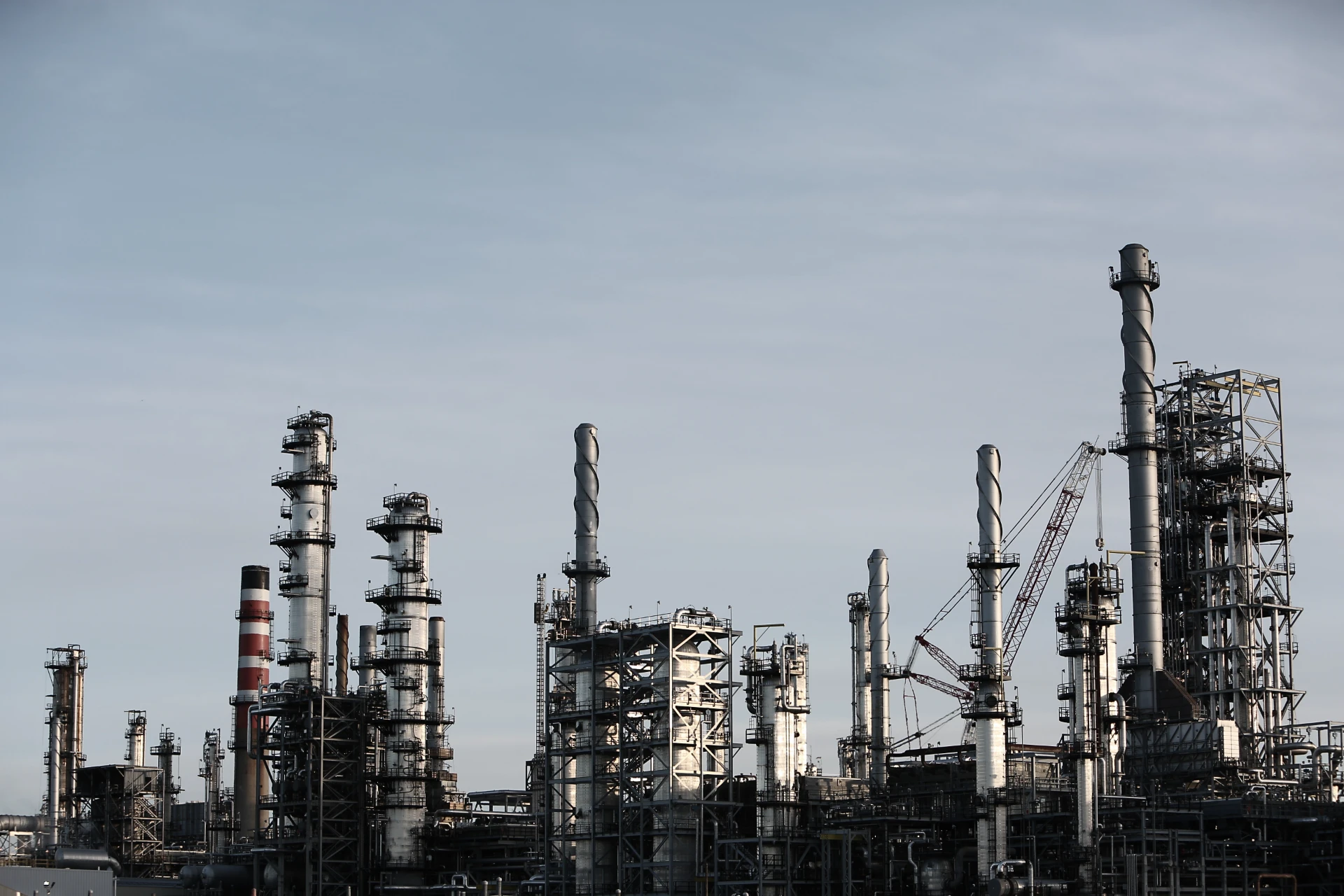 Testing Equipment Industry Sees Major Advancements in 2025: Smart & Precision Technologies Lead the WayRelease Date: June 6, 2025 As intelligent manufacturing and quality-driven strategies continue to reshape global industries, the testing equipment sector is experiencing a rapid evolution in 2025. Recent updates in national policy, technology innovation, and industrial demand are driving the industry to new heights.Nkọwa
Testing Equipment Industry Sees Major Advancements in 2025: Smart & Precision Technologies Lead the WayRelease Date: June 6, 2025 As intelligent manufacturing and quality-driven strategies continue to reshape global industries, the testing equipment sector is experiencing a rapid evolution in 2025. Recent updates in national policy, technology innovation, and industrial demand are driving the industry to new heights.Nkọwa -
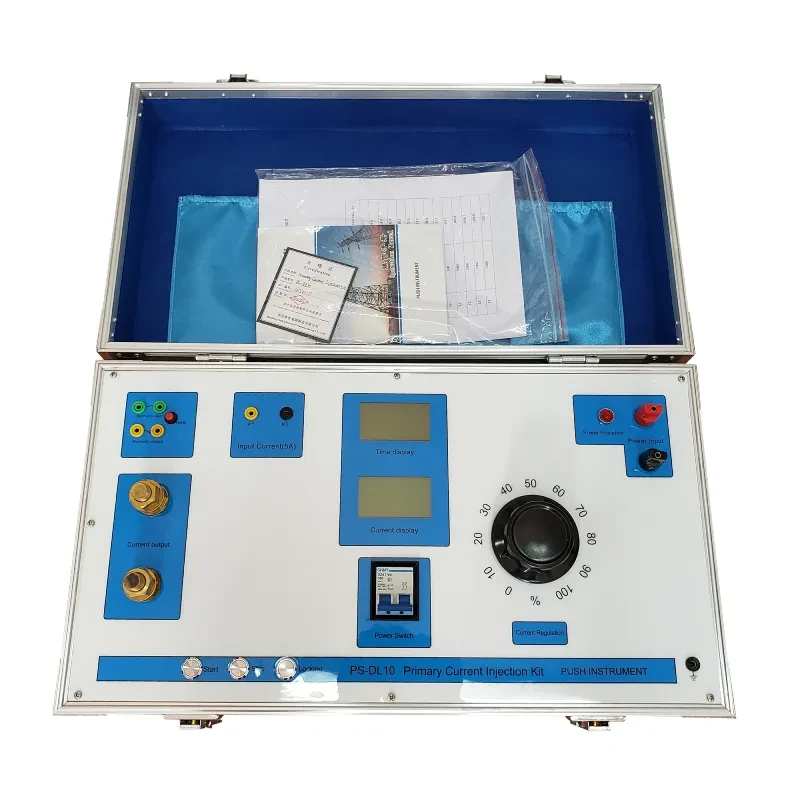 Applications of Direct Current Generators in Renewable Energy SystemsThe global shift toward sustainable energy has amplified the demand for efficient power generation and monitoring tools.Nkọwa
Applications of Direct Current Generators in Renewable Energy SystemsThe global shift toward sustainable energy has amplified the demand for efficient power generation and monitoring tools.Nkọwa -
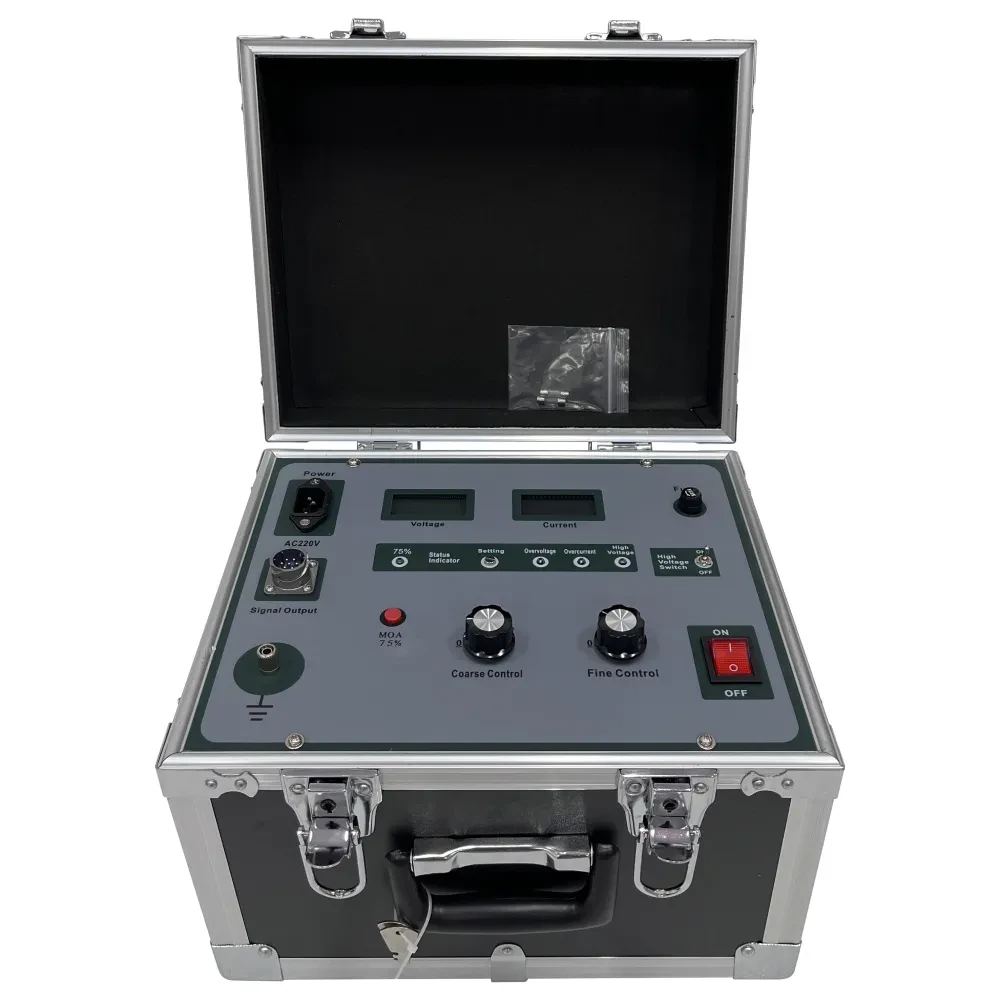 Hipot Tester Calibration and Accuracy GuidelinesFor businesses involved in large-scale electrical infrastructure, maintaining the reliability of testing equipment is non-negotiable.Nkọwa
Hipot Tester Calibration and Accuracy GuidelinesFor businesses involved in large-scale electrical infrastructure, maintaining the reliability of testing equipment is non-negotiable.Nkọwa







